Storytelling techniques for creating better content
Storytelling is at the heart of impactful content creation. Whether it’s for short-form video, filmmaking, or marketing, mastering storytelling skills can make a significant difference in audience engagement. In this article, we break down six storytelling techniques, inspired by some of the best creators and storytellers in the industry, to help your content thrive.
The dance (inspired by South Park)
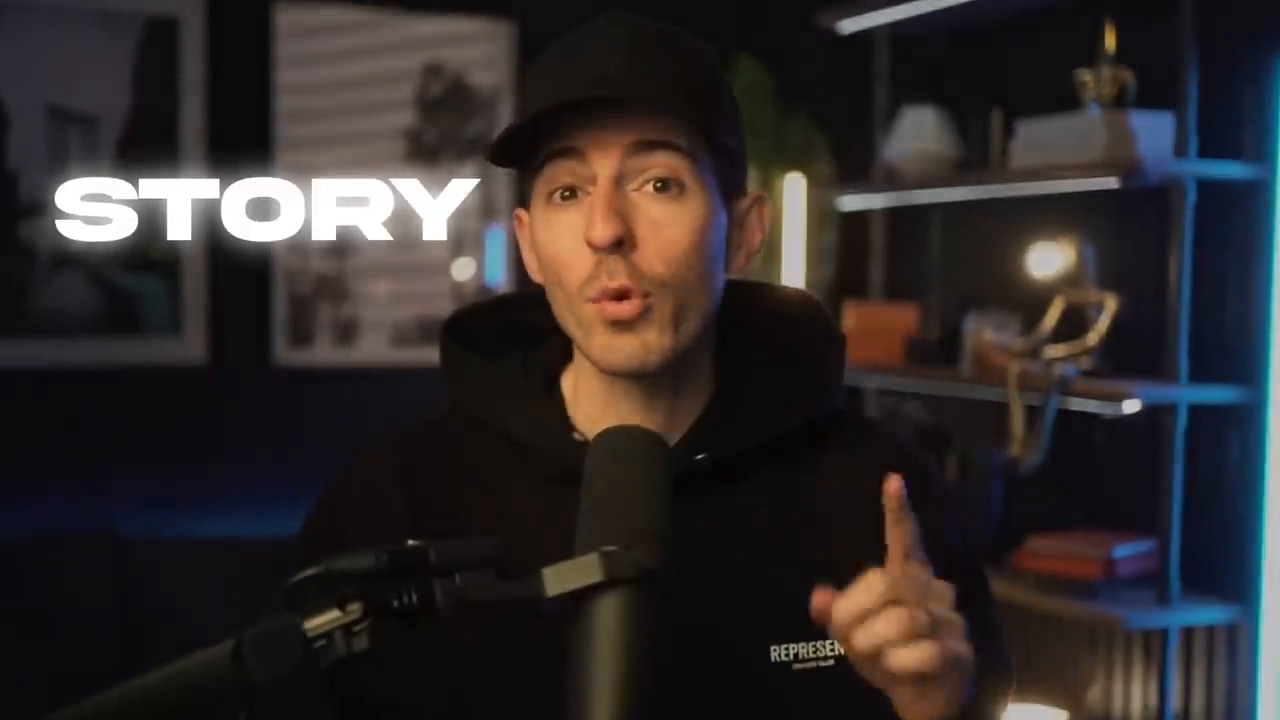
"All great stories are like a dance between context and conflict."
The dance refers to the rhythmic exchange between context and conflict within a story. There is a back-and-forth—characters are introduced, find themselves in a situation, and face a conflict. Then, they resolve that conflict, only to encounter another layer of complication. This constant push-and-pull keeps the audience engaged.
Why it works:
- Conflict creates open loops in the audience’s brains. These loops make viewers curious to find answers or resolutions.
- Context closes these loops, providing satisfaction or clarity, only to open new loops with additional conflict.
Tactically implementing “the dance”:
Matt Stone and Trey Parker (creators of South Park) offer a simple framework: Avoid using "and then" between story beats. Instead, use "but" or "therefore." For example:
- “This happened, BUT…” introduces a conflict.
- “This happened, THEREFORE…” provides context or resolution.
Even in short-form videos, using “but” and “therefore” opens and closes loops, keeping viewers engaged and eager to follow the storyline.
Rhythm (inspired by Gary Provost)
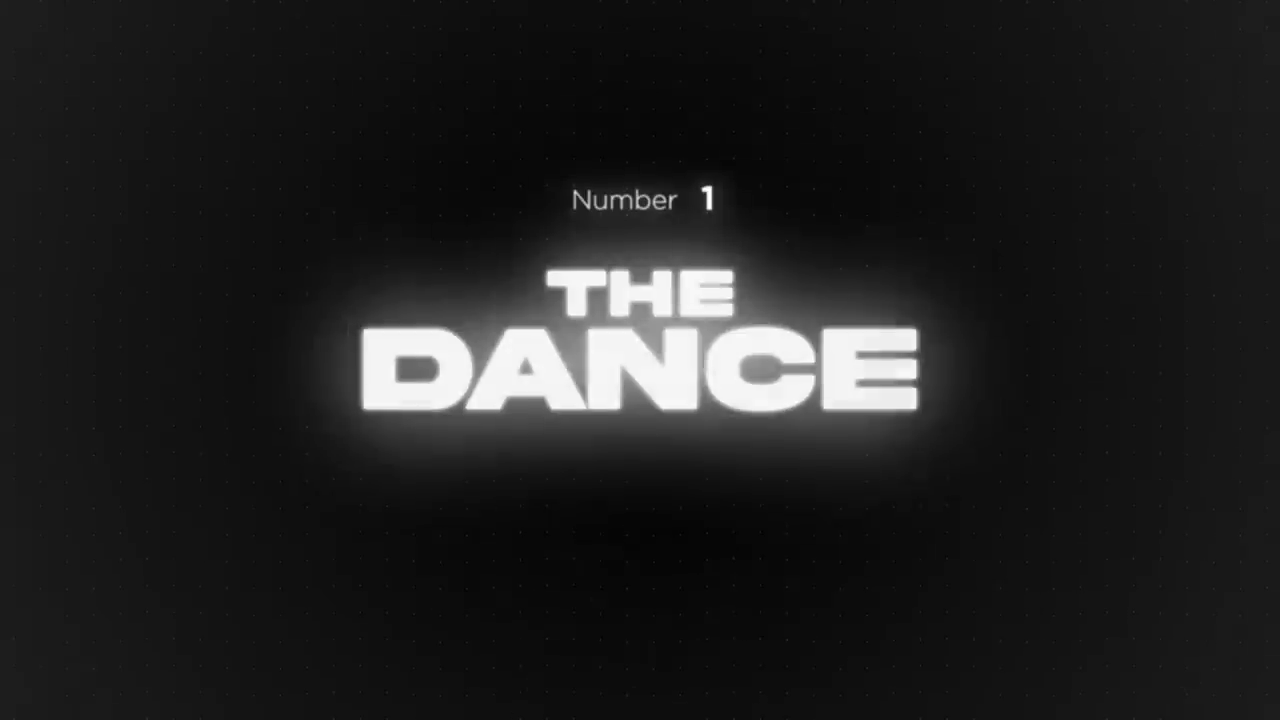
"Rhythm in storytelling makes your writing sing."
Rhythm in content is the subtle pacing and flow that makes a story pleasurable to follow. It’s present in your delivery, sentence structure, and even the variety of emotions you evoke. Renowned author Gary Provost crafted a perfect example of rhythm in writing: varying sentence lengths creates an ebb and flow, preventing monotony.
Key highlights:
- Monotony bores the viewer. Predictable sentence lengths feel dull, making it easier for audiences to lose interest.
- Variation captures attention. Using a mix of short, medium, and long sentences creates a natural flow and surprises the reader’s ear.
Tips for applying rhythm:
- Write sentences of varying lengths. For scripts, observe “jagged edges” when formatting, meaning each line should naturally land at different lengths.
- Focus on unpredictable rhythms by breaking patterns with impactful statements or pauses.
Gary Provost’s lesson teaches us: “Don’t write words—write music.”
Tone (inspired by Steve Jobs, Casey Neistat, and Emma Chamberlain)
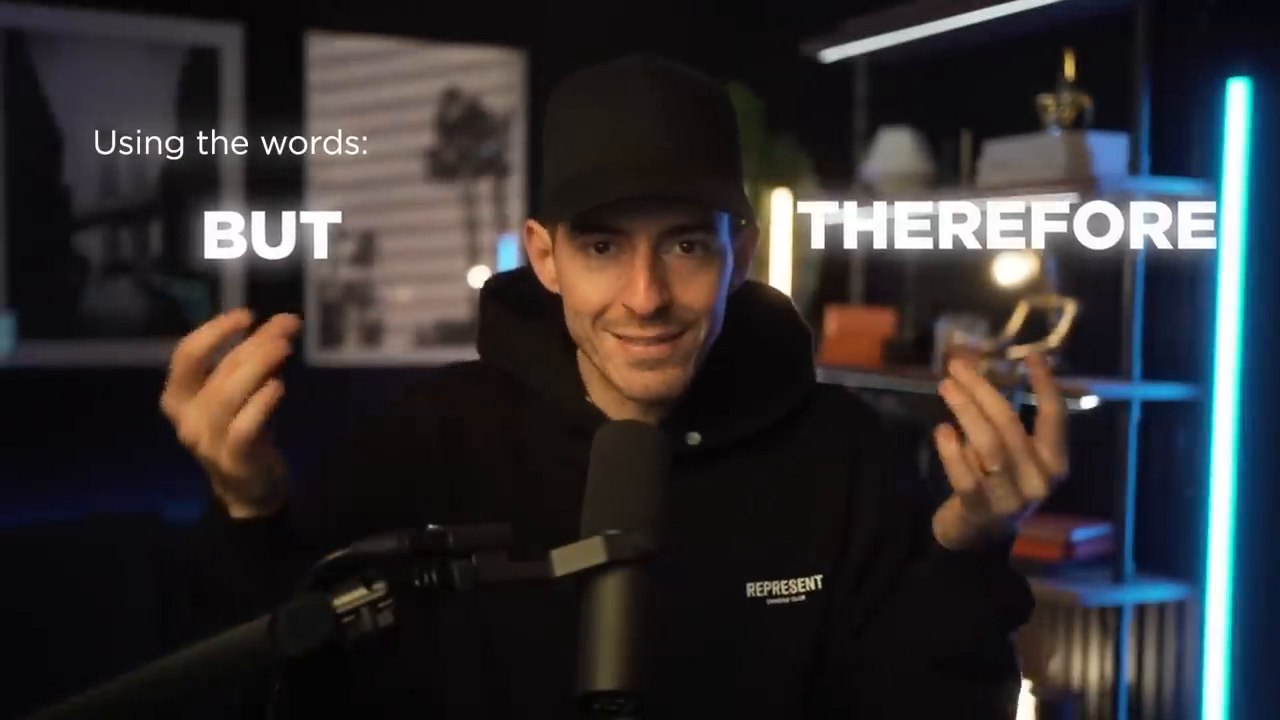
"The best creators make it feel like you’re having a one-on-one conversation."
Why are some creators like Emma Chamberlain, Casey Neistat, and Steve Jobs so captivating? Part of their magic lies in their conversational tone. Great creators make it seem as if they are speaking directly to you, creating a sense of intimacy and connection.
How does tone break barriers?
- Conversational delivery removes skepticism: Audiences stop feeling “sold to” and start enjoying the interaction.
- Authenticity creates trust: When creators use a conversational tone, it fosters greater relatability and emotional engagement.
How to practice conversational tone:
- Imagine talking to a trusted friend. Tape a photo of that friend under your camera lens to stay connected while recording.
- Write and present scripts like an audio message to someone familiar. Over time, this skill becomes second nature as you film more.
Mastering tone takes practice, but it’s an invaluable tool for closing the gap between creator and audience.
Direction (inspired by Christopher Nolan)
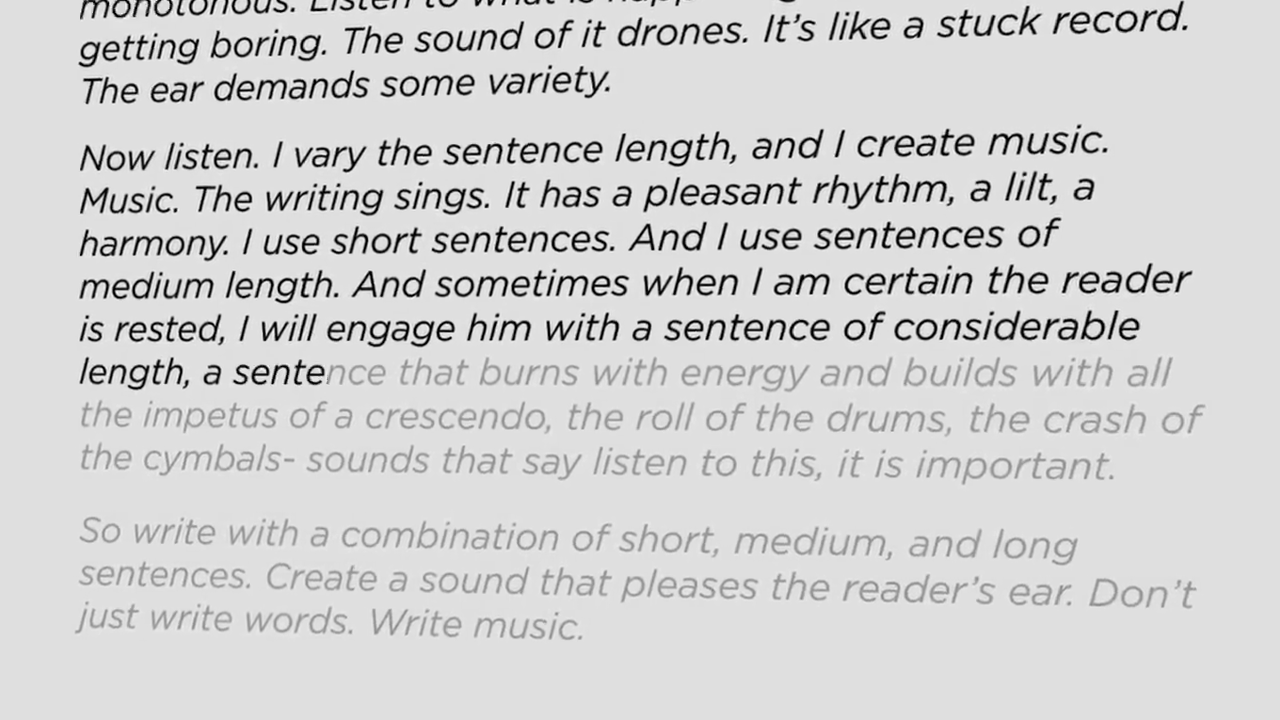
"Start with the end in mind and build the story backward."
The best storytellers—like Christopher Nolan—think backward. They begin with the ending, crafting the final moments first and designing the narrative to build toward that conclusion. In this way, every plot twist and layer serves the ultimate destination.
How to use direction in storytelling:
- Write your last line first. This should be memorable, sharable, and powerful enough to encapsulate your entire story.
- Shape a script that builds logically toward the ending, ensuring all conflicts and resolutions align cohesively.
For short-form content, think of the last line as the “last dab”—a metaphorical setup that loops the video back to its beginning. This strategy keeps viewers watching multiple times, increasing engagement and reach.
Story lenses (inspired by Taylor Swift)
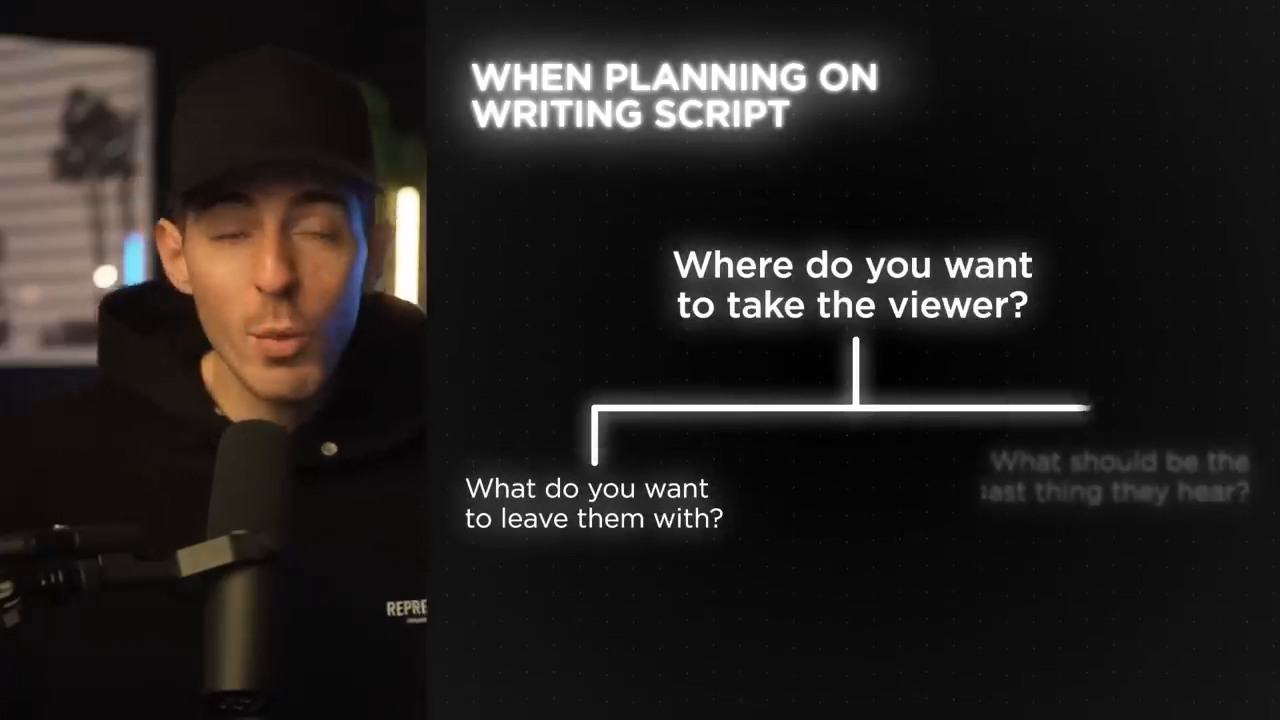
"Your story lens is your unique fingerprint for covering a topic."
In today’s competitive world of content creation, your lens matters more than the topic itself. With generic topics being widely covered, how you present them is what differentiates you. Think of it as your unique storytelling angle.
What is a story lens?
Imagine a beam of light representing a topic. Without a prism, everyone perceives the same, generic white beam. A story lens refracts that light into distinct colors, offering viewers a fresh perspective.
Let’s examine an example:
- Taylor Swift attending the Super Bowl could spawn multiple angles:
- Most people report on her outfit or reactions (generic).
- A smaller group might predict her next action (less common).
- A unique lens looks at the business impact Taylor Swift had on the NFL.
Choosing a rare lens—like the business impact—made a story relatable yet differentiated, capturing a unique audience. This approach led to a video generating over 1M views.
When brainstorming, ask: What angle makes me a category of one?
The hook (inspired by Epic Gardening)

"Start strong—your first 3 seconds determine success."
The hook is the gateway to your story. In short-form video especially, the first few seconds decide whether the viewer continues watching or scrolls past.
Two elements of a good hook:
- Clarity in the opening line: Be as direct as possible about your video’s message. Avoid vague teasers like, “You won’t believe this.” Instead, be specific.
- Example: Instead of, “Stay tuned for garden tips,” say, “Here’s why strawberries grow better in containers.”
- Visual hooks: Combine audio with visuals to retain attention. People process visual information faster than audio, so seeing something compelling boosts retention.
Kevin from Epic Gardening does this perfectly—his introduction visually ties into what he’s saying, instantly engaging viewers. For instance, if he talks about strawberries, the first frame is a vivid shot of strawberries.
When crafting hooks, remember: Show and tell.
Conclusion: Elevating your storytelling
These six storytelling techniques—the dance, rhythm, tone, direction, story lenses, and hooks—are your blueprint to more engaging and impactful content. By understanding and practicing each element, you’ll not only captivate your audience but also deepen their connection to your stories.
Whether you’re building a personal brand, creating for entertainment, or targeting business goals, storytelling is the key to standing out in today’s crowded content landscape. Take inspiration from the greats like Matt Stone, Gary Provost, Taylor Swift, and others, apply these concepts, and watch as your viewer engagement skyrockets.
For more resources to level up your skills in short-form content creation, consider joining communities like WavyWorld or explore educational tools like storytelling assistants and premium courses. Until then, remember: the story you tell is a reflection of the lens you choose. Make it count!
